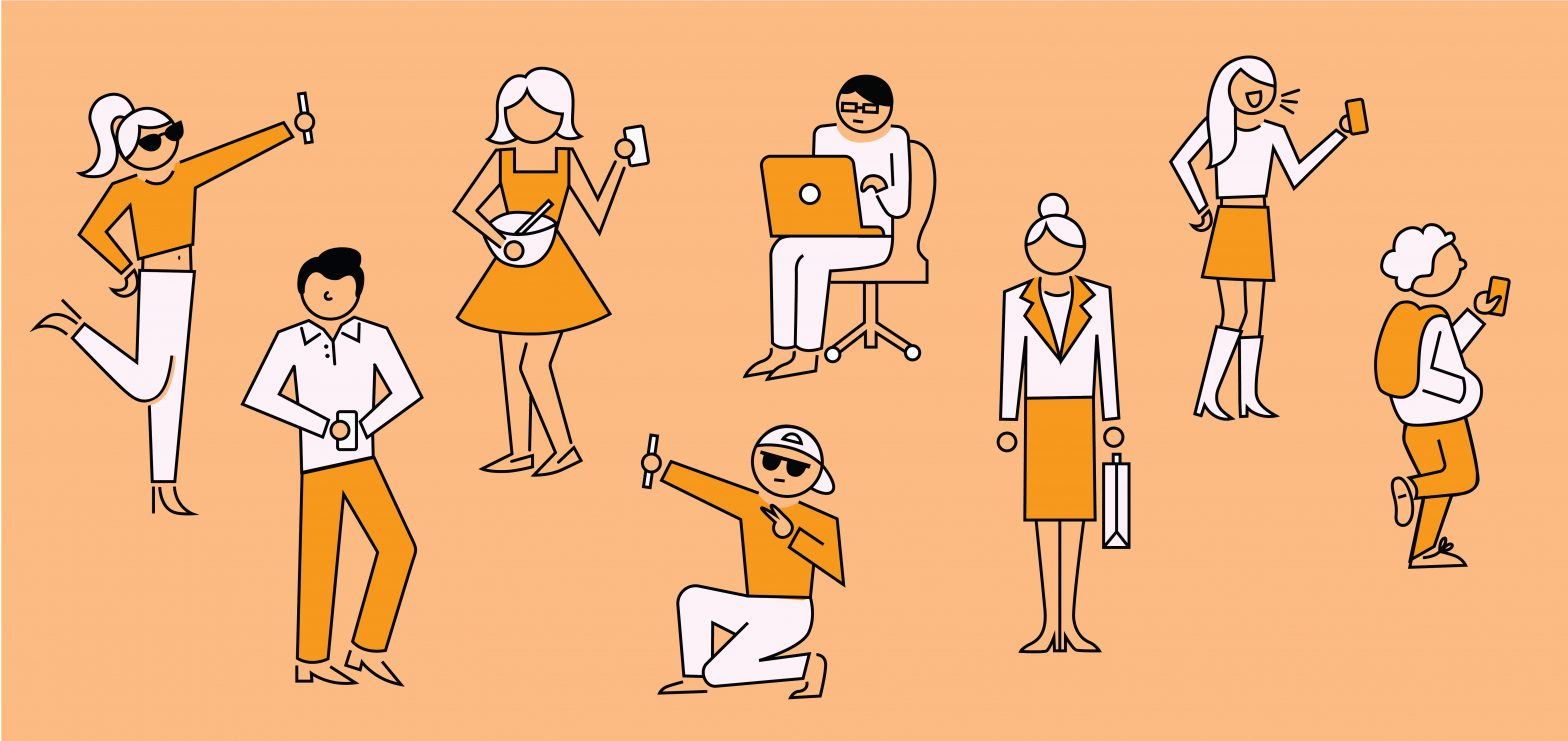When beginning to explore the different forms of virality used for the purpose of activism, the convergence between multiple platforms must be considered. The use of hashtags, for example, is a technique implemented across all social media platforms. In certain cases they can gain so much global attention that the simple hashtag itself becomes a significant ideological feature of a social, political of cultural movement, some of the most famous examples being #MeToo, #HeForShe and #BlackLivesMatter. The hashtag has evolved throughout its existence, starting as a way of connecting similar content in quite a trivial manner. This could be used to tag locations, objects, people or events. It’s needless to say, the use of hashtags is somewhat infinite in terms of the variation in contextual usage. However, in regard to its more common appearance in contemporary digital activism, Stache (2014) suggests that “Hashtags in particular continue the conversation beyond the originating dialogue by creating an identifier or tag for fellow activists, as well as a way to track multiple uses of the same phrase”. From this statement, it can be interpreted that hashtags provide part of lifeforce behind a movement which allows its continuous global conversation to be perpetuated in the Media for years after the movement’s initial inception. Moreover, due to social media’s prevalence as a form of global village (McLuhan, 1992) in which billions of digitally-native individuals can communicate and become a cog within an activist machine, there will likely always be audience members personally identifying with a particular hashtag or global movement, perhaps five or ten years after it first became digitally viral.
On another note, digital activism that uses virality as a mode to gain online traction does not only consist of hashtag movements. Other methods include algorithm or meme usage, these can both be used for activism but in very different ways. According to the web article ‘Everything you need to know about social media algorithms’ (Barnhart, 2021), “social media algorithms are a way of sorting posts in a user’s feed based on relevancy instead of publish time”. They also work with user interaction, such as: liked posts, accounts you follow or the action of watching the entirety of a video rather than skipping it. In the case of recent events in Texas, USA for example, during a performance by rapper Travis Scott at his now world-renowned Astroworld festival, ten people and counting died both during and in the aftermath of a 50,000 strong crowd surge (Flynn, 2021). After the initial, global news publication of this event, the tragedy spread like wildfire through social media platforms. I was first informed of the event through the algorithm used by video-based platform TikTok, rather than through news outlets. Due to the citizen journalism-style capabilities of the platform, some of the videographic evidence came from audience members posting directly to TikTok whilst the event was unfolding. These brutally-raw videos were my first visual evidence of the event, without censorship or institutional intervention. In this situation, it could be suggested that that perhaps the relevancy of the ongoing event spiked the algorithms global transmission of content; the Astroworld festival itself possessed a lot of global attention due to Travis Scott’s position within the Media as a celebrity.

In terms of this representation of digital activism, the initial use of social media to spread awareness was effective in getting the raw details to as many people as possible. However, as are the dangers with social media, information becomes twisted with theories and conspiracies that audiences are very much within their right to express through ‘produserist’ means (Bruns, 2008). However, input from a magnitude of audiences begins to taint activist intentions, which in this case are to seek redemption for those who lost their lives, because it becomes impossible to separate reality from acts of censorship.
Nonetheless, it appears that digital activism, in regards to the Astroworld tragedy, is working. According to a recent BBC News article (2021), “More than 125 people who were caught up in the deadly Astroworld music festival crush have sued rapper Travis Scott and other organisers for $750m (£556m)”. So despite inconclusivities within current information, the opening of a lawsuit shall mean investigations will be carried out in attempt to truly hold people responsible in a case of capitalist institution versus the people.
References
Barnhard, B. (2021) Everything you need to know about social media algorithms. Available at: https://sproutsocial.com/insights/social-media-algorithms/ (Accessed: 10 November 2021).
Bruns, A. (2008) Blogs, Wikipedia, Second Life and Beyond: From Production to Produsage. New York: Peter Lang.
Flynn, S. (2021) What happened at Astroworld? Everything we know about deadly crush at Travis Scott’s music festival. Available at: https://www.independent.co.uk/news/world/americas/astroworld-what-happened-travis-scott-b1958007.html (Accessed: 18 November 2021).
Jenkins, H. (2006) Convergence Culture. New York: New York University Press.
McLuhan, M. (1992) The Global Village: Transformations in World Life and Media in the 21st Century. New York: Oxford University Press.
Stache, L. (2015) ‘Advocacy and Political Potential at The Convergence of Hashtag Activism and Commerce’, Feminist Media Studies, 15(1), pp. 162-164.
Travis Scott and Astroworld organisers sued for $750m (2021) Available at: https://www.bbc.co.uk/news/entertainment-arts-59331525 (Accessed: 18 November 2021).

